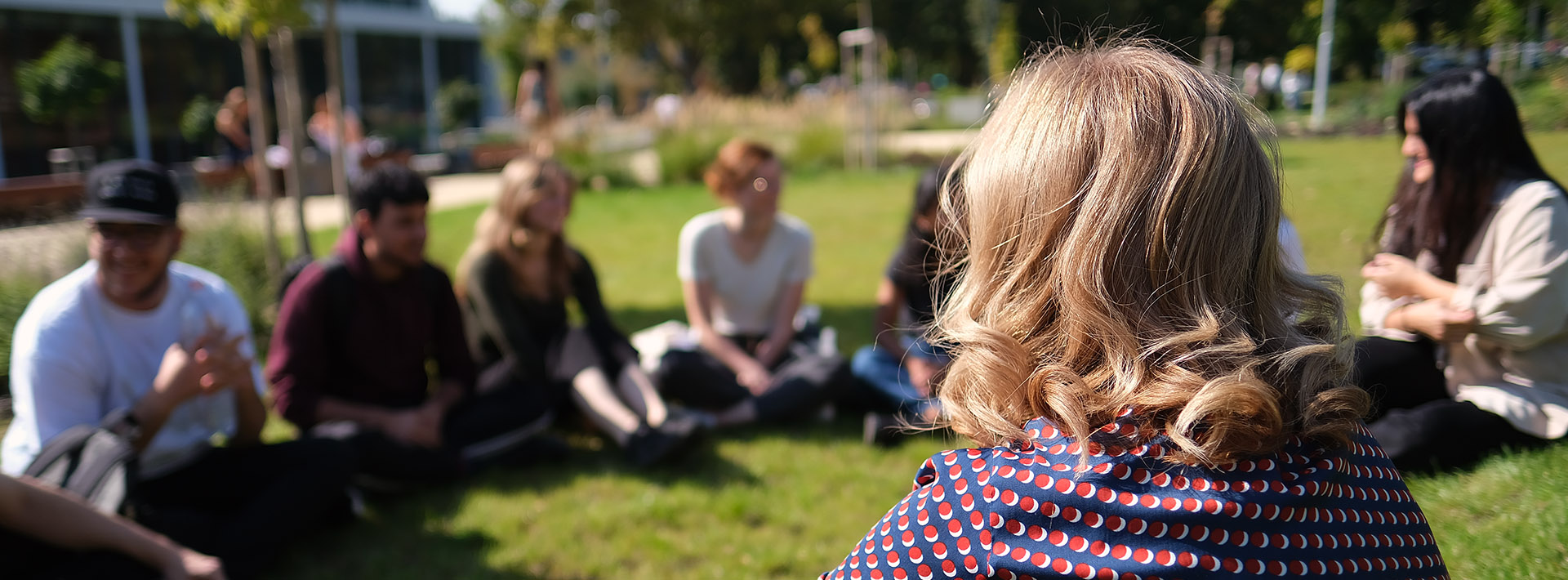Daten
Offizielle Daten in der Fachveröffentlichung für das folgende akademische Jahr: 2022-2023
Lehrbeauftragte/r
-
Szántóné Dr. Csongor Alexandra
assistant professor,
Department of Languages for Specific Purposes -
Semesterwochenstunden
Vorlesungen: 2
Praktika: 0
Seminare: 10
Insgesamt: 12
Fachangaben
- Kode des Kurses: OSF-TLM-T
- 1 kredit
- Dentistry
- Optional modul
- autumn
keine
Zahl der Kursteilnehmer für den Kurs:
min. 3 – max. 15
Thematik
Today, doctor-patient communication is undergoing a significant transformation thanks to digital technologies. The rise of the internet, social media and other digital tools for medical purposes has led to acquiring new skills.
The course aims to demonstrate the impact of the internet on the doctor-patient relationship and it allows medical students to practice and apply communicative strategies with the help of simulation patients, preparing them for the communication challenges generated by the internet.
During the course, students will learn about the characteristics of teleconsultation and the health care system's response to the changes in COVID-19, both internationally and domestically. A further aim is to present current research conducted at the UPMS and introduce the results of a linguistic-communicative approach of GP and specialist consultations.
Vorlesungen
- 1. Medical internet use and the attitudes of doctors - Szántóné Dr. Csongor Alexandra
- 2. Health-related internet use of the patients, the concept of telemedicine - Szántóné Dr. Csongor Alexandra
Praktika
Seminare
- 1. Patient preferences in health and illness-related internet use
- 2. The impact of internet use and teleconsultation on decision-making mechanisms in the doctor-patient relationship
- 3. Internet-informed patients, Google patient and E-patient
- 4. Reliable sources, the well-informed patient
- 5. The role/reaction of the doctor in communicating with the Internet-informed patient
- 6. Communication strategies: Patient-Web-Doctor, doctor-patient communication in telemedicine
- 7. The characteristics, advantages and limitations of doctor-patient teleconsultations
- 8. Doctor-patient teleconsultation before and after COVID pandemic
- 9. Communication skills exercises with simulated patients
- 10. Communication skills exercises with simulated patients
Materialien zum Aneignen des Lehrstoffes
Obligatorische Literatur
Vom Institut veröffentlichter Lehrstoff
Skript
Empfohlene Literatur
• Caiata-Zufferey, M., & Schulz, P. J. (2012). Physicians' communicative strategies in interacting with internet-informed patients: Results from a qualitative study. Health Communication, 27(8), 738–749. https://doi.org/10.1080/10410236.2011.636478
• Herrmann-Werner, A., Weber, H., Loda, T., Keifenheim, K. E., Erschens, R., Mölbert, S. C., Nikendei, C., Zipfel, S., & Masters, K. (2019). “But dr google said…” – training medical students how to communicate with e-patients. Medical Teacher, 41(12), 1434–1440. https://doi.org/10.1080/0142159x.2018.1555639
• Gerber, B. S., & Eiser, A. R. (2001). The Patient-Physician relationship in the Internet AGE: Future prospects and the research agenda. Journal of Medical Internet Research, 3(2). https://doi.org/10.2196/jmir.3.2.e15
• Marcinkiewicz, M., & Mahboobi, H. (2009). The impact of the internet on the doctor-patient relationship. Australasian Medical Journal, 1–6. https://doi.org/10.4066/amj.2009.69
• McMullan, M. (2006). Patients using the
Voraussetzung zum Absolvieren des Semesters
Maximum of 25 % absence allowed
Semesteranforderungen
A written report and a simulation based roleplay activity
Möglichkeiten zur Nachholung der Fehlzeiten
The course instructor can decide in individual cases
Prüfungsfragen
Students are required to submit a written essay and participate in simulation-based roleplay activities.
Prüfer
Praktika, Seminarleiter/innen
- Dr. Fekete Judit Diána
- Egyed Csilla Klára
- Nagy Renáta
- Szántóné Dr. Csongor Alexandra
